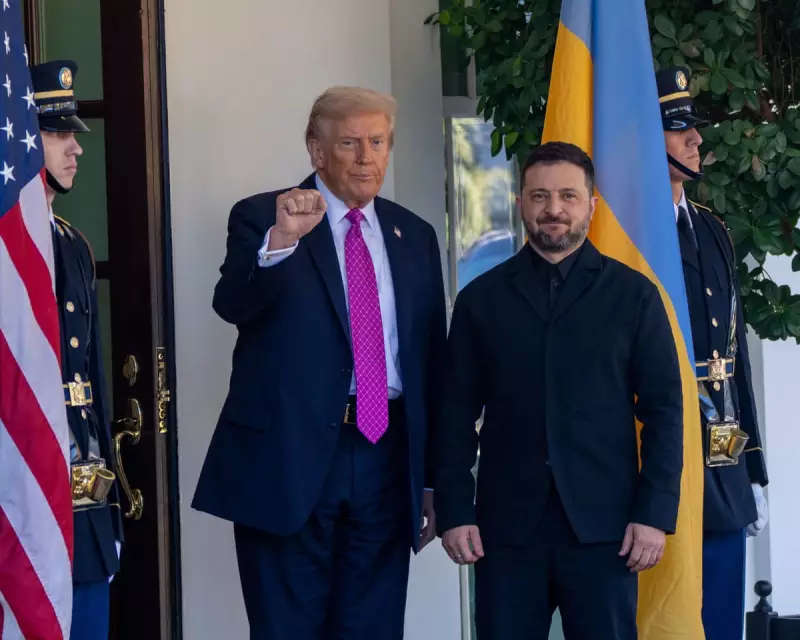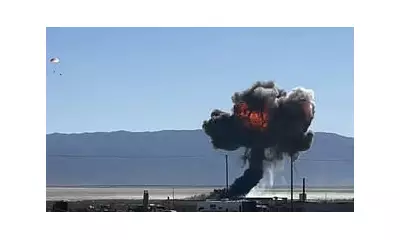
In a bold move that could reshape Europe's financial support for Ukraine, a "coalition of the willing" among European nations is establishing a revolutionary €50 billion loan facility. This groundbreaking initiative, confirmed by multiple diplomatic sources, will utilise profits generated from frozen Russian state assets to secure Ukraine's immediate financial needs.
A New Era of European Solidarity
The agreement represents a significant breakthrough in the long-standing debate over how to legally and effectively use the approximately €260 billion in Russian central bank assets frozen by Western nations following the 2022 invasion. Rather than waiting for unanimous EU approval, which has faced obstacles from certain member states, this coalition is moving forward with like-minded partners.
How the Financial Mechanism Works
The innovative structure involves several key components:
- Asset Profits as Collateral: Future profits from frozen Russian assets held in European financial institutions will serve as security for the loans
- Immediate Disbursement: Funds could begin flowing to Ukraine within months, addressing urgent budget requirements
- Multi-year Framework: The loans are structured to provide sustained support through 2027
- Risk Mitigation: A combination of EU budget guarantees and asset profits creates a secure lending environment
Breaking Through Political Gridlock
This initiative emerges after months of stalled negotiations within the broader EU framework. Hungarian Prime Minister Viktor Orbán's repeated objections to using the EU budget for Ukraine funding created significant roadblocks. The new coalition effectively bypasses this political impasse by operating outside the requirement for unanimous approval.
"This is Europe at its best—finding solutions when traditional paths are blocked," one senior EU diplomat commented. "It demonstrates that when core principles are at stake, European nations will find creative ways to uphold them."
Legal and Diplomatic Implications
The move represents a carefully calibrated approach to the complex legal questions surrounding seized sovereign assets. By using future profits rather than the principal amounts, the coalition addresses concerns about international law precedents while still ensuring Russia contributes to Ukraine's reconstruction.
Legal experts note that this approach maintains the distinction between Russian state assets and privately owned sanctioned properties, potentially setting a new standard for how nations can respond to aggression within international legal frameworks.
The Path Forward
While the coalition agreement marks a significant milestone, several steps remain before funds reach Ukraine:
- Final technical agreements between participating nations
- Coordination with international financial institutions
- Implementation of the profit-transfer mechanisms from frozen assets
- Establishment of disbursement protocols to ensure transparent use of funds
The development signals a growing European consensus that traditional diplomatic approaches must evolve to meet extraordinary circumstances. As one official noted: "This isn't just about funding Ukraine—it's about redefining how Europe responds to crises when unity is tested but determination remains strong."





